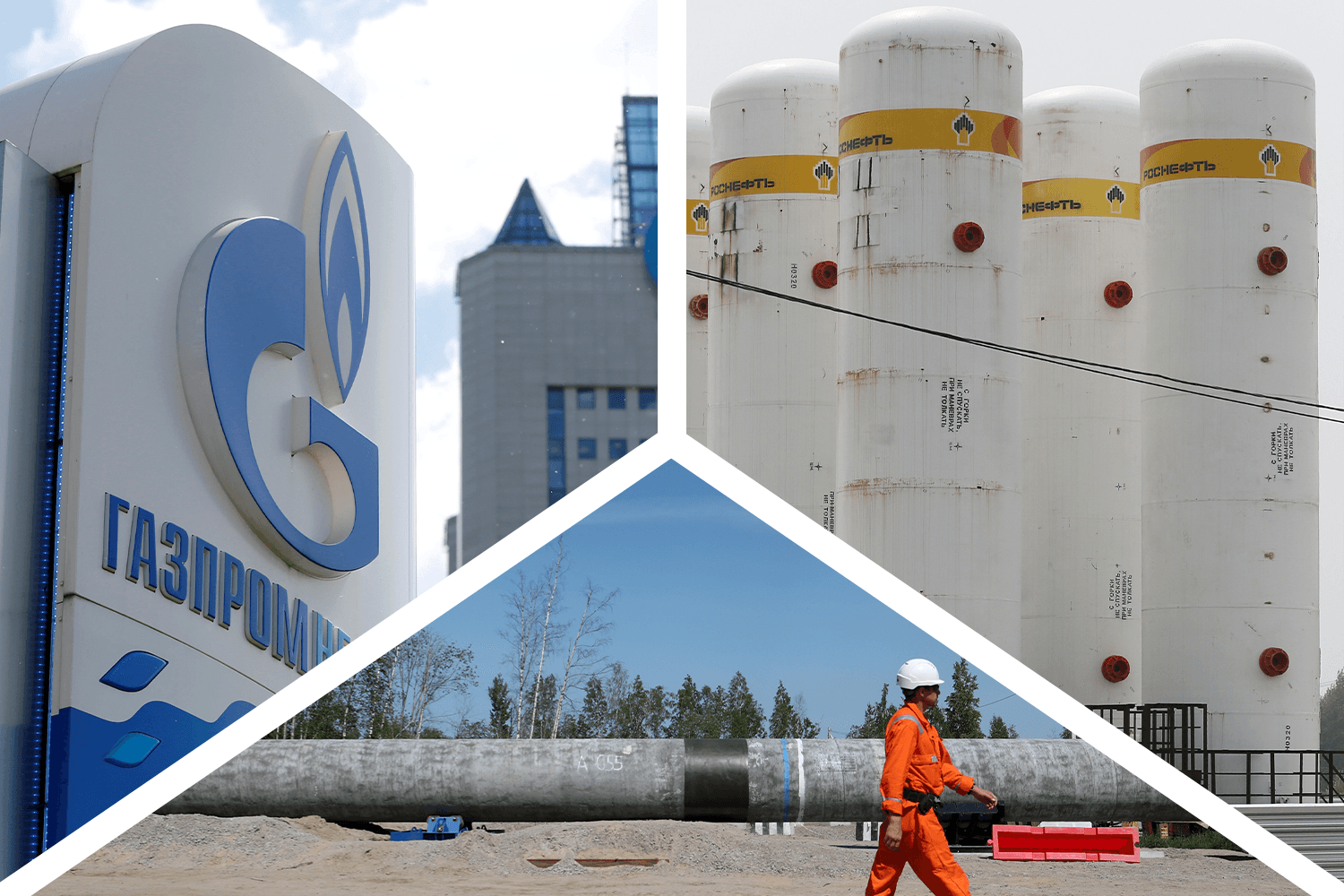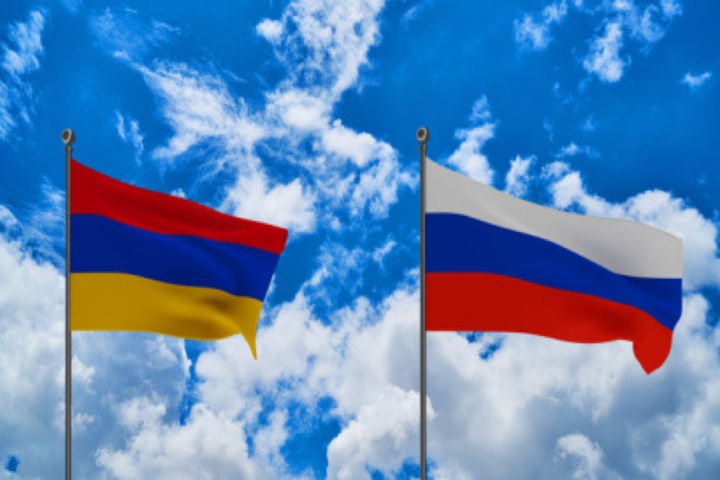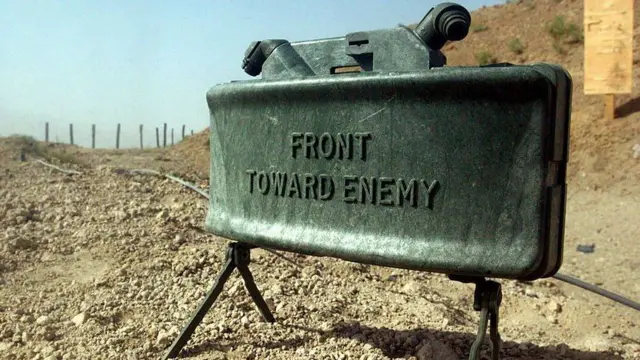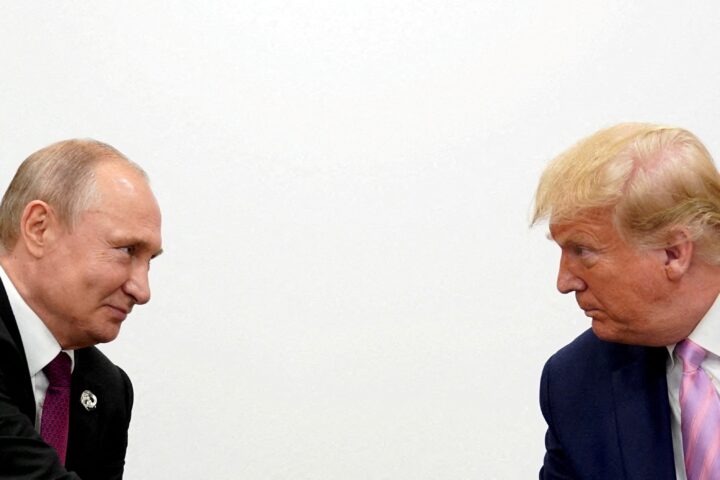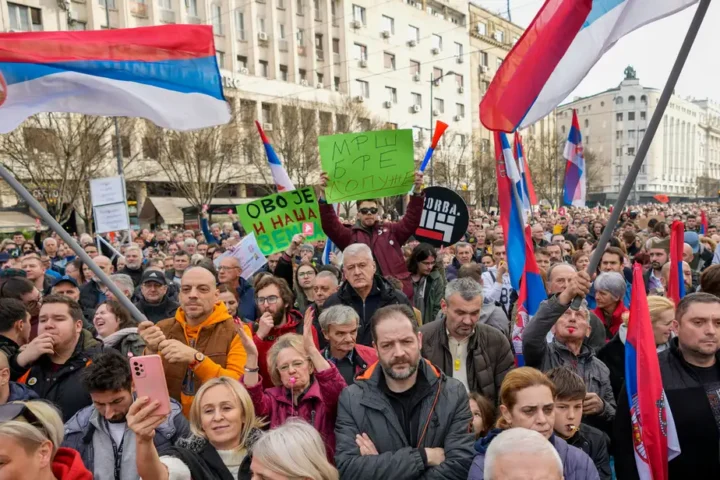In a landmark shift, the European Commission has proposed a complete ban on imports of Russian gas, both pipeline and liquefied (LNG), by the end of 2027. Unlike previous rounds of sanctions, this initiative is structured as a change in EU trade and energy legislation, bypassing veto threats from Hungary and Slovakia. The strategy includes a phased phase-out of Russian gas and prohibits new supply contracts — even LNG tankers will be denied entry into EU ports.
This legislative manoeuvre marks a decisive break from dependence on Russian gas — and for Gazprom, it’s nothing short of a catastrophic defeat.
A Crippling Blow to the Russian Gas Giant
Once the cornerstone of Russia’s export economy, Gazprom is now facing the total collapse of its most lucrative market. The European Union, which in 2021 brought Russia approximately $55 billion in pipeline gas revenues, had already cut imports drastically. Yet even in 2023, EU sales still accounted for $15–17 billion, making up the lion’s share of Gazprom’s external income. The complete embargo will erase nearly all of this.
According to the International Energy Agency (IEA), this move will cost Russia up to $20 billion annually — nearly ₽1.5 trillion — comparable to the entire federal healthcare budget. The result? Deep cuts in funding for regional development, defence, and social programmes, and a growing need for higher taxes or internal borrowing.
No Profitable Market Left for Gazprom
While the Kremlin trumpets growing ties with China, the numbers paint a grim picture. In 2023, exports to China brought Gazprom just $4 billion — a fraction of what Europe provided. Meanwhile, the company has already reported a ₽1.076 trillion net loss in 2024, under Russian accounting standards. Without Europe, Gazprom becomes structurally unprofitable, unable to pay dividends or finance future megaprojects.
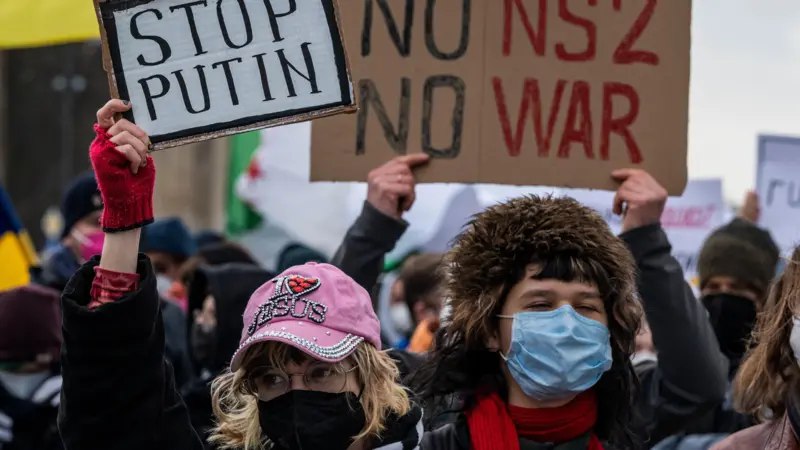
The Myth of Domestic Substitution
The idea that the domestic market can replace European revenues is wishful thinking at best. From 2010 to 2023, Russia’s internal gas consumption rose by only 5–6%. With no new export destinations, excess gas will either be flared or production will be frozen, leading to what analysts call a “gas trap”: abundant resources with no buyers.
Stranded Infrastructure and Wasted Billions
Infrastructure built for Europe now sits idle. The Nord Stream pipelines, once a geopolitical power lever, are being decommissioned by 2025 — deadweight investments with no return. Meanwhile, China has yet to commit to the Power of Siberia 2 pipeline, despite its projected ₽1.5 trillion price tag. Without buyers, Russia’s gas infrastructure becomes a stranded asset, generating only losses.
Rising Prices, Falling Reliability at Home
As foreign revenues plummet, Gazprom lacks funds to maintain domestic infrastructure. This spells trouble for consumers. From the start of the war to today, domestic gas prices have soared by 37%. From 1 July 2025, regulated gas tariffs will rise by another 10.3% for households and 21.3% for power and utility sectors. With budgets strained and maintenance neglected, blackouts and gas supply failures — especially in small towns and remote regions — are all but guaranteed.
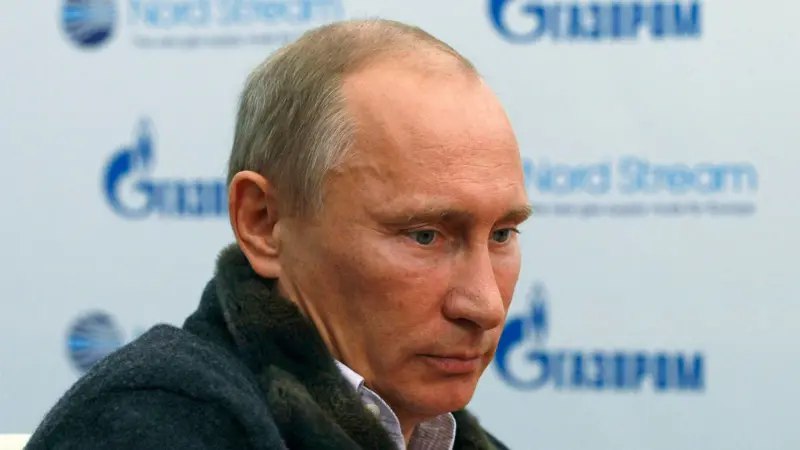
End of Russia’s Energy Leverage
Beyond economics, the EU’s ban on Russian gas is a geopolitical rupture. For years, gas exports were a tool of political coercion — whether pressuring Ukraine, influencing Germany, or bullying Eastern Europe. Now, that leverage is gone. The EU is signalling its resilience to energy blackmail, and Russia is left not only poorer, but also weaker on the world stage.
Europe’s move isn’t just about energy — it’s about sovereignty, security, and long-term independence. And for Gazprom, it’s the beginning of an irreversible downward spiral.
